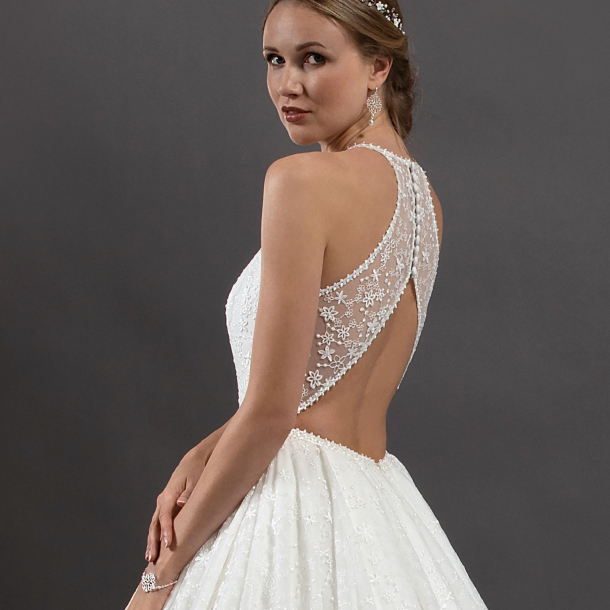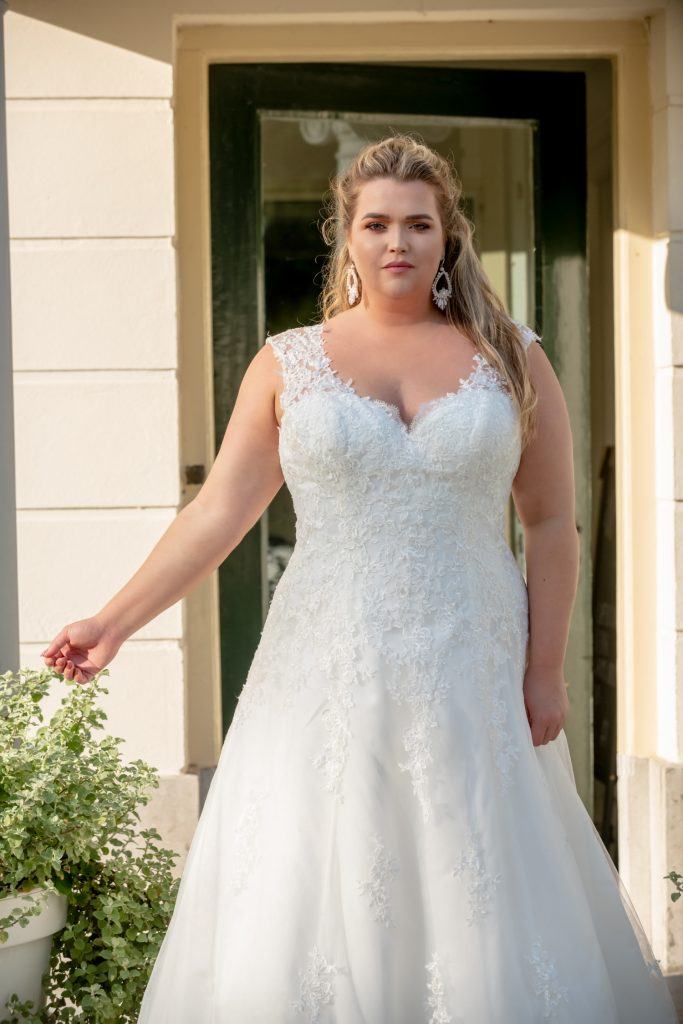Trouwjurk Zelf Maken - BruidsmodePosted by Esperanza on June 13th, 2021 Bruidsjurken - Bruidshuis In CastricumTable of ContentsTrouwjurk Laten Maken - Bruidskleding regio CastricumCoutureBruidsmode Trouwjurken - Trouwen-bruiloft In CastricumBruidsboutique BruidscoutureTrouwjurken Bruidsmode Vintage Trouwjurk NieuweBruidsjurk Laten Ontwerpen PR practitioners must provide effective communication among all platforms, in order to engage the fashion public in an industry socially connected via online shopping. Consumers have the ability to share their purchases on their personal social Kijk hier media pages (such as Facebook, Twitter, Instagram, etc.), and if practitioners deliver the brand message effectively and meet the needs of its public, word-of-mouth publicity will be generated and potentially provide a wide reach for the designer and their products.
Whereas haute couture and business suits are associated by people in power, also groups aiming to challenge the political order also use clothes to signal their position. The explicit use of fashion as a form of activism, is usually referred to as "fashion activism (Bruidsmode)." There is a complex relationship between fashion and feminism. Brownmiller felt that women should reject traditionally feminine dress, focusing on comfort and practicality rather than fashion. Others believe that it is the fashion system itself that is repressive in requiring women to seasonally change their clothes to keep up with trends. Greer has advocated this argument that seasonal changes in dress should be ignored; she argues that women can be liberated by replacing the compulsiveness of fashion with enjoyment of rejecting the norm to create their own personal styling. Bruidsjurk/trouwjurk Op Maat Laten OntwerpenHowever, Mosmann has pointed out that the relationship between protesting fashion and creating fashion is dynamic because the language and style used in these protests has then become part of fashion itself. Fashion designers and brands have traditionally kept themselves out of political conflicts, there has been a movement in the industry towards taking more explicit positions across the political spectrum. For example, considering the U.S.'s political climate in the surrounding months of the 2016 presidential election, during 2017 fashion weeks in London, Milan, New York, Paris and São Paulo amongst others, many designers took the opportunity to take political stances leveraging their platforms and influence to reach their customers. This has also led to some confusion around democratic values, as fashion is not always the most inclusive platform for political debate, but a one-way broadcast of top-down messages. For example, aiming to "amplify a greater message of unity, inclusion, diversity, and feminism in a fashion space", designer Mara Hoffman invited the founders of the Women's March on Washington to open her show which featured modern silhouettes of utilitarian wear, described by critics as "Made for a modern warrior" and "Clothing for those who still have work to do". Ruime Keuze Trouwjurken Voor Iedere BruidSimilarly, The Business of Fashion launched the #Tied, Together movement on Social Media, encouraging member of the industry from editors to models, to wear a white bandana advocating for "unity, solidarity, and inclusiveness during fashion week". Fashion may be used to promote a cause, such as to promote healthy behavior, to raise money for a cancer cure, or to raise money for local charities such as the Juvenile Protective Association or a children's hospice. There are a number of modern trashion artists such as Marina De, Bris, Ann Wizer, and Nancy Judd. Other designers have used DIY fashions, in the tradition of the punk movement, to address elitism in the industry to promote more inclusion and diversity (Bruidsjurk/Trouwjurk ontwerpen). Anthropological perspective[edit] From an academic lens, the sporting of various fashions has been seen as a form of fashion language, a mode of communication that produced various fashion statements, using a grammar of fashion.
Anthropology, the study of culture and of human societies, examines fashion by asking why certain styles are deemed socially appropriate and others are not. From the theory of interactionism, a certain practice or expression is chosen by those in power in a community, and that becomes "the fashion" as defined at a certain time by the people under influence of those in power. Trouwjurken Trends - Wordt Het Kant, Met Mouwtjes Of Luchtig?According to cultural theorists Ted Polhemus and Lynn Procter, one can describe fashion as adornment, of which there are two types: fashion and anti-fashion. Through the capitalization and commoditization of clothing, accessories, and shoes, etc., what once constituted anti-fashion becomes part of fashion as the lines between fashion and anti-fashion are blurred, as expressions that were once outside the changes of fashion are swept along with trends to signify new meanings. To cultural theorist Malcolm Bernard, fashion and anti-fashion differ as follows: Anti-fashion is fixed and changes little over time. Anti-fashion varies depending on the cultural or social group one is associated with or where one lives, but within that group or locality the style changes little. Fashion is the exact opposite of anti-fashion. For example, Queen Elizabeth II's 1953 coronation gown is an example of anti-fashion because it is traditional and does not change over any period, whereas a gown from fashion-designer Dior's collection of 1953 is fashion because Dior's style changes every season as Dior comes up with a new gown to replace the old one. Trouwjurken Trends - Wordt Het Kant, Met Mouwtjes Of Luchtig? In CastricumAnti-fashion is concerned with maintaining the status quo while fashion is concerned with social mobility. Time is expressed in terms of continuity in anti-fashion and as change in fashion. Fashion has changing modes of adornment while anti-fashion has fixed modes of adornment. Indigenous and peasant modes of adornment exemplify anti-fashion, as they are not primarily used for manifesting social hierarchies while also allowing for social mobility. Anthropology of dress in Indonesia[edit] The change from anti-fashion to fashion because of the influence of western consumer-driven culture can be seen in eastern Indonesia. The textiles of the Ngada area of eastern Indonesia are changing because of modernization and development. Traditionally, in the Ngada area there was no idea similar to that of the Western idea of fashion, but anti-fashion in the form of traditional textiles and ways to adorn oneself were widely popular. Textiles defined a person's rank and status; certain textiles indicated being part of the ruling class. People expressed their ethnic identity and social hierarchy through textiles. Because some Indonesians bartered ikat textiles for food, the textiles constituted economic goods, and as some textile-design motifs had spiritual religious meanings, textiles were also a way to communicate religious messages. Bruidsjurken - Bruidshuis regio CastricumIn the past, Like it? Share it!More by this author |


 Bruidsjurk Naar Eigen Ontwerp - Bruidsmode castricum
Bruidsjurk Naar Eigen Ontwerp - Bruidsmode castricum Je Trouwjurk Zelf Maken
Je Trouwjurk Zelf Maken